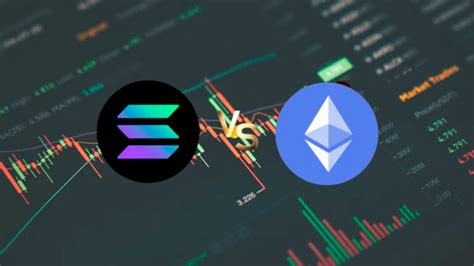Phantom transaction fees: Understanding solana fees
When transferring funds between portfolios, especially when using external solutions such as Ledger hard portfolios, it is essential to understand transaction fees related to these transfers. In this article, we will study how Solana transaction fees work and what you can expect.
What are the transaction fees?
Transaction fees, also known as gas charges, are the costs incurred by blockchains when processing transactions on the network. These fees are usually paid in one of the two ways:
- Network Fees : A small fee is charged to stimulate miners to validate new blocks.
- Gas fees : Fee is paid for the computing power required for processing a transaction, which is measured in gas units.
Solana transaction fees
Solana, as a blockchain for evidence of participation (POS), works on different architecture from traditional blockchain such as Ethereum or Bitcoin. Solana uses a solution of scaling Layer-2, called Solity (Solidity), to activate faster and scales.
When transferring funds from your SOLANA Phantom book’s hard portfolio, you are probably using SOLANA Network’s built -in gas pool. According to Solana documentation, transaction fees are usually paid in SOL (not ETH).
SOLANA transaction fees
To give you a better idea of what to expect, here’s a rough outline of how transaction fees work on Solana:
* Transaction size

: The amount of data required for the transaction.
* GAZA limit : The maximum number of gas units that can be used to perform the transaction.
* Transaction fee : A small fee is charged based on the gas limit and the network search.
In your case, as you transfer a small amount of ETH (for example only a little), your transaction is likely to be eligible for the gas pool. The fees paid in SOL are usually smaller than those paid in ETH, which makes Solana an attractive option for light to moderate users.
Conclusion
When you transfer funds from the hard portfolio of your SOLANA Phantom book, you will not have to pay ETH transaction fees. Instead, you will be charged with a small fee in SOL, which is usually more than what you would expect in Ethereum or Bitcoin. Although this may not seem to be much problem for small transactions, it can be added over time.
If you use external solutions such as Ledger hard portfolios, it is essential to understand the fees related to these transfers and plan accordingly. However, for most users, the structure of Solana transaction fees makes it a convenient and cost -effective option.
Remember to always check the current transaction fee on your particular case before transferring funds between portfolios.
